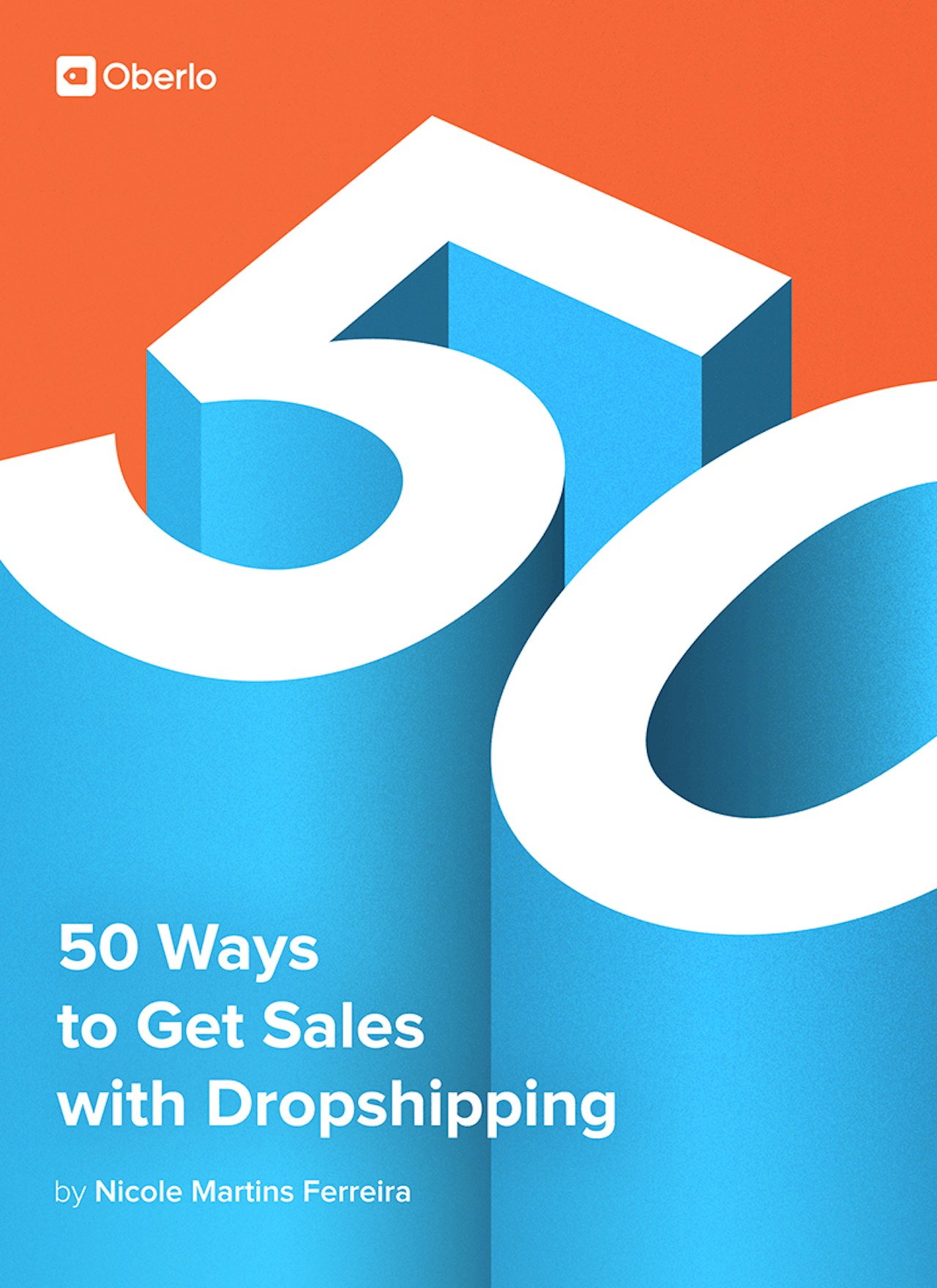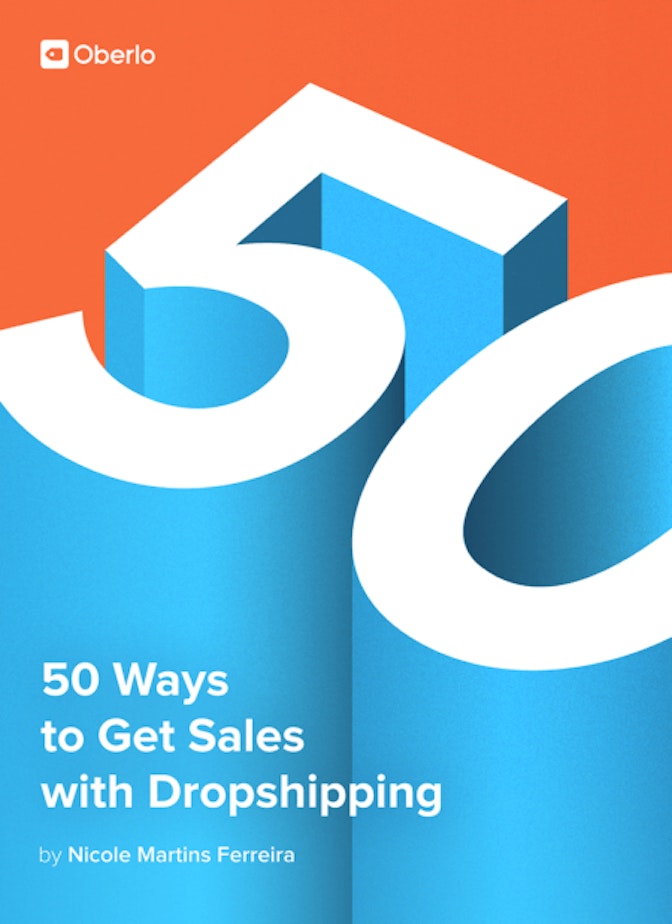Partnership marketing is a great way to grow your brand’s audience size by tapping into another brand’s audience. Whether you help promote each other’s brands or work on a shared project together, partnerships can be an effective way to market your business. Some online retailers might design products in another brand’s style. Others might give links or shoutouts on their store’s website and social media properties. A partnership marketing strategy can help reduce marketing costs as you both help one another grow using your own channels. By choosing the right partner, you can grow your customer base, increase your sales and offer great product selection to your customers.
Co-Marketing Example: YOOX partnered with Disney for a special collection on their online store. The brand sells clothing, jewelry, shoes and bags, making Disney a great partner choice. The Disney collection complements the brand without the two being in direct competition. The collection includes Disney posters, a blue Beauty and the Beast skirt, tops with the rose from Beauty and the Beast, Minnie Mouse socks, an Ariel crossbody bag and more. The product price points are high, likely due to the cost of the licensing agreement from Disney. However, Disney lovers may be attracted to the brand’s collection. The brand partnership helps drive a new type of customers to the YOOX brand. This helps increase brand awareness too.
Partnership Marketing Tips:
Partner with a brand your customers would love. Your partnership should be logical. Partner with a brand whose products complement yours without being in direct competition. For example, if you sell sunscreen you might partner with a sunglasses brand. Or if you sell apparel you might partner with a jewelry or shoes brand. The partnership should be mutually beneficial. Find a brand that has a strong, positive reputation.
Taylor Swift is constantly partnering with brands as an influencer but also as her own brand. She’s currently partnering with TicketMaster to help her fans get access to her tickets. She noticed that scalpers were purchasing her tickets only to sell them to fans at a higher price. Her partnership extends beyond this. Her online store also showcases her partnership. On various product pages, she mentions if a product qualifies for Taylor Swift Tix. When customers buy products on her store, it can help boost their spot in line to buy tickets. She even encourages increasing your average order value to boost your spot even higher.
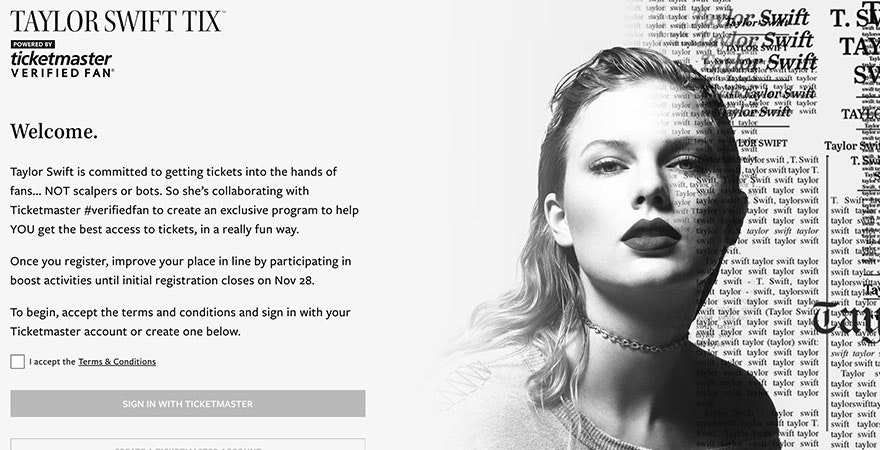
Dahlia believes in partnering with bloggers to reach a greater audience. They have an easy to fill out form on their website where bloggers can share their name, website, birthday, and message to the team. Dahlia will then rotate their bloggers every three months while still offering events, discounts and giveaways to their network of bloggers.
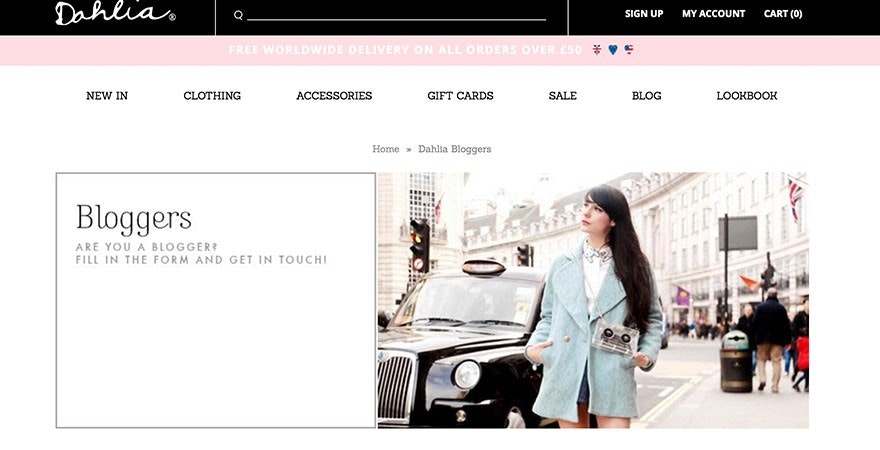
PopSockets features collaborations with several brands and artists. For example, they have licensed Pokemon popsockets that they sell. While most of their products cost $10, their partnership products cost $15. This is likely to cover the costs given to the artist or for the licensing. However, it can also help make the pop sockets seem more valuable. A Pokemon pop socket has a higher value than a floral one made by the brand. The higher perceived value can help entice the customer to purchase it.
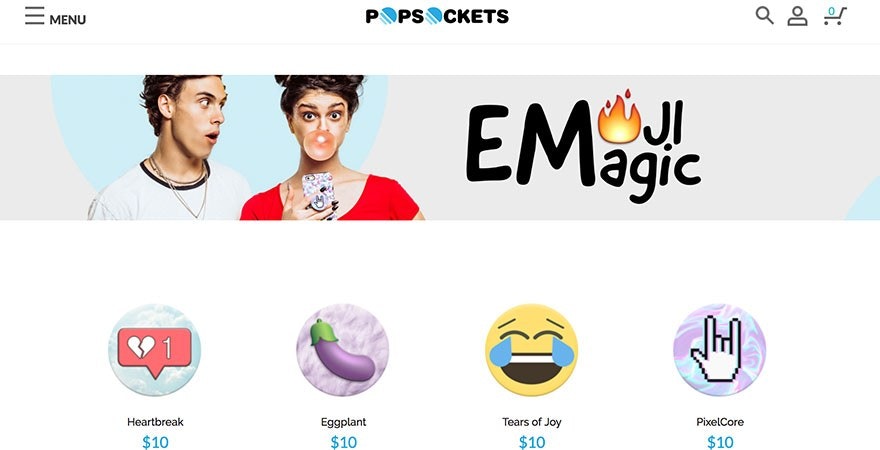
JCPenney’s partnership with Sephora is done in an interesting way. They include Sephora in their top navigation. However, when a customer clicks on the Sephora tab, they can buy anything from the Sephora collection directly on JCPenney. This allows for one stop shopping. However, it also works great if you have multiple stores. If you have stores in complementary niches, you can add a link in your top navigation to it or you can add the product inventory directly to your website.
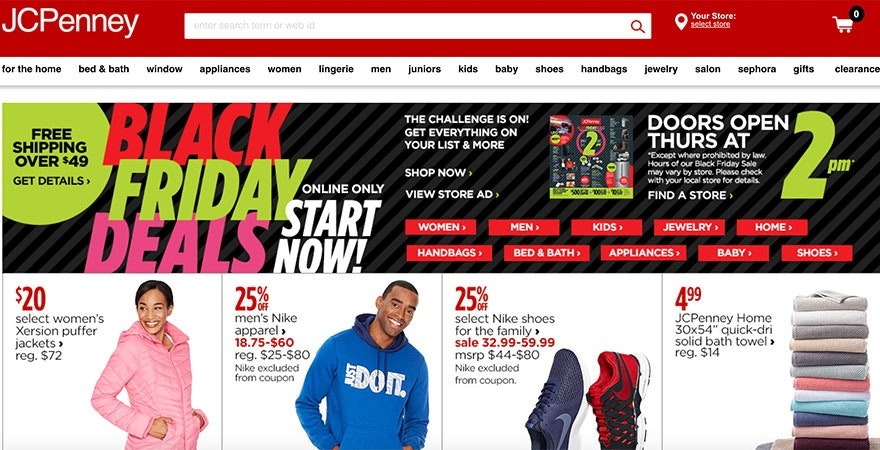
Link out to your partners. When forming a partnership, you can link out to other brands on your website. You might choose to add a link with the brand’s name on your top navigation or if they sell amazing products in a category you don’t you could link out to it. For example, Just Fab links out to ShoeDazzle, Fabletics, and Fabkids. While it’s possible they all share a similar owner, your partnership can still be presented this way.
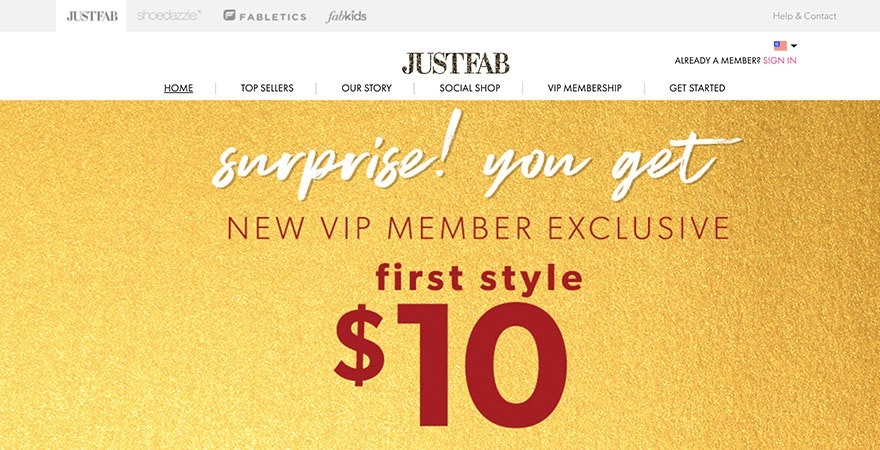
Make sure you both sign a written contract for your partnership to ensure that the guidelines are followed. Whether you both need to post about your partner online a certain number times a week, send emails regularly, keep a link in the top navigation or other guidelines, get it in writing. If your partner doesn’t uphold their end of the contract, you can immediately end it. Make sure that you both know what the perks are for working together as partners. And make sure you get treated like a partner and not just a promoter.
Help your partner out. A partnership isn’t just about taking it’s also about giving. If you want to continue your partnership for years to come, you should meet with your partner biweekly to discuss partnership promotion ideas. Whether you post on your social accounts for their sale or send an email out driving traffic back to their store, there are many marketing activities you can do to grow your audiences.
Partner with blogs. A blog partnership can help your brand grow its audience. When partnering with a brand, remember to treat them as a partner and provide value to them as well. They can include your products in their blog posts. You can promote their relevant content via email or other online properties, even if it’s not always featuring your products. Make sure that you both provide an equal amount of value to one another.
You can even create a brand around partnerships. For example, subscription boxes are a great way to partner with brands. Each month you provide your customers products they’ll love. While you could include your own products in your subscription box, you could also include other brand’s products as well. Cratejoy promotes subscription boxes. You could include your subscription box on the platform. Or you can reach out to subscription boxes to have your products included on theirs. You can even add a small flyer in some boxes offering a free gift with purchase if you don’t want to give your product away for free.
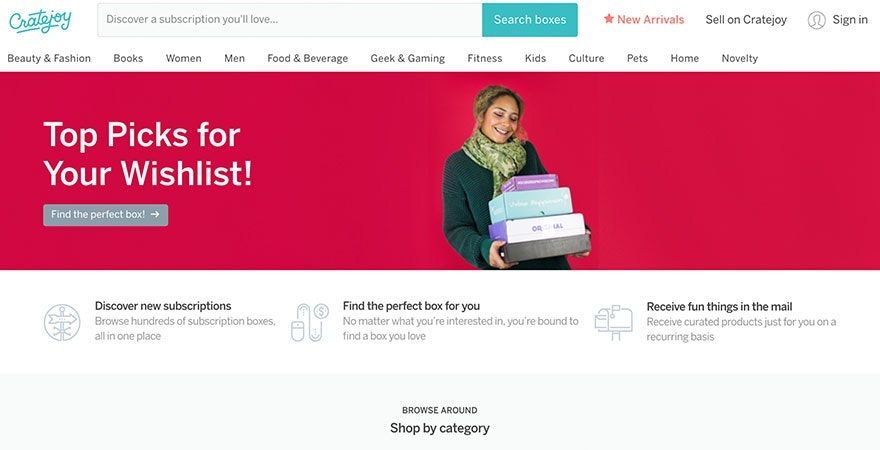
Create content together. Not all partnerships are about selling products. For example, if your brand is raising money for cancer research, you can partner with another brand to create content in support of your cause. You might choose to create a short online course on how to prevent cancer and use the money for the course to donate to charity. See our corporate social responsibility section to learn more about how your brand can give back.
Ask your customers which brands they love. After you’ve figured out brands they love, you can reach out to that brand regarding a partnership. Aim to find a partner who has a similar number of followers as your brand’s page. Has their brand partnered or collaborated with other brands before? Build a relationship with the brand first. You might do this by responding to their posts on social media or linking out to their content occasionally. After about a month, you could contact them regarding a partnership.
What can your partnership entail? Social media posts, adding their flyer to your customer’s packages, links to one another’s websites, links via email, public relations partnerships, creating a product together, sponsorships, affiliate links, content creation and more.
Partnership Marketing Resources:
Co-Marketing Agreement by Association of Corporate Counsel is a sample 7 page document that you can use to create your agreement. Be sure to read the document carefully. Remove or include sections to the agreement as needed to cover the specific details that make the most sense for your and your partner’s brands.
Shopify’s Co-Marketing: How to Reach More Customers with Strategic Partnerships discusses the benefits of partnership marketing. It also guides you through the steps of how to find and create the right type of partners. They even include an email template you can use to reach out to potential brands for comarketing opportunities.
